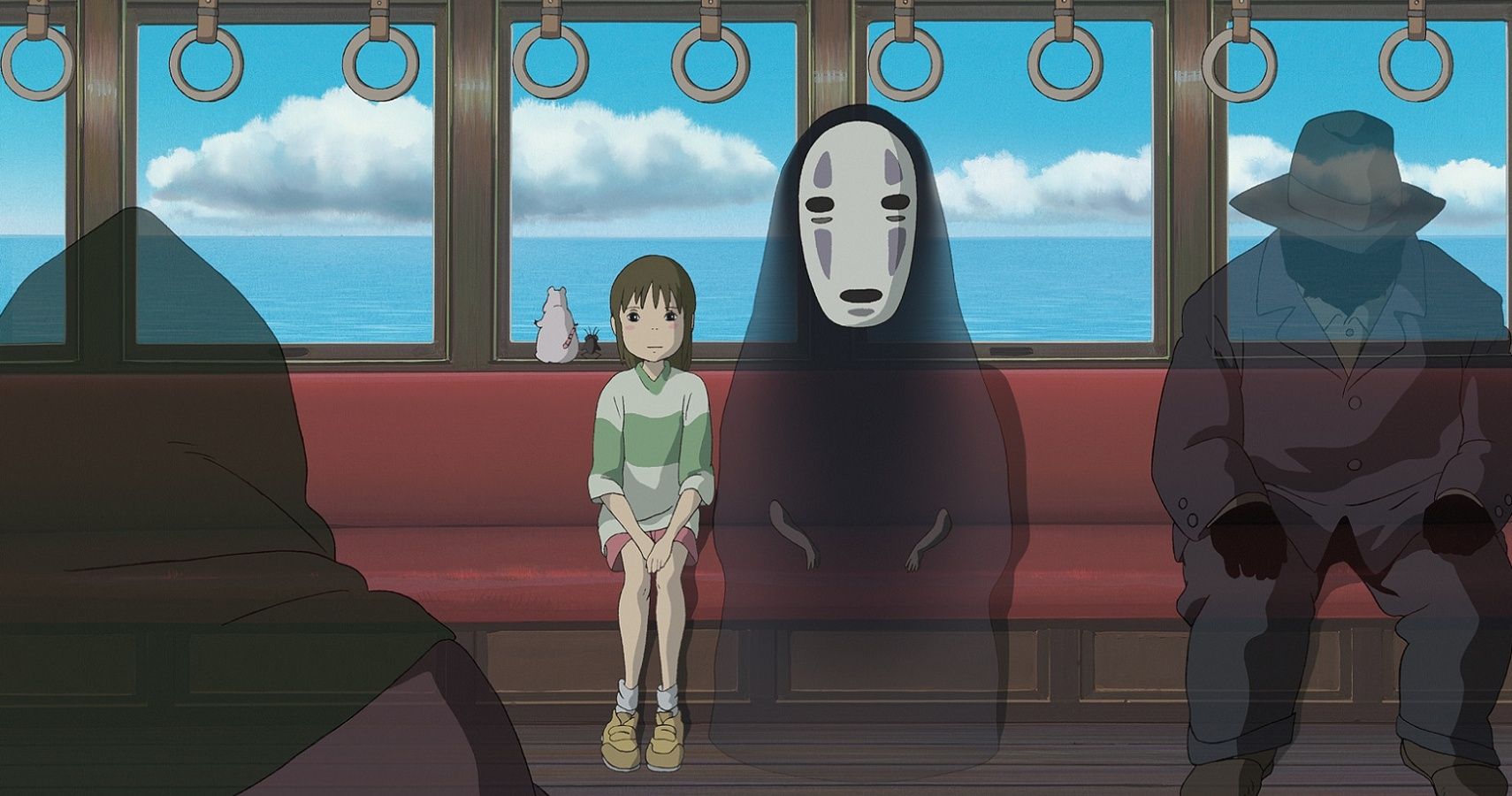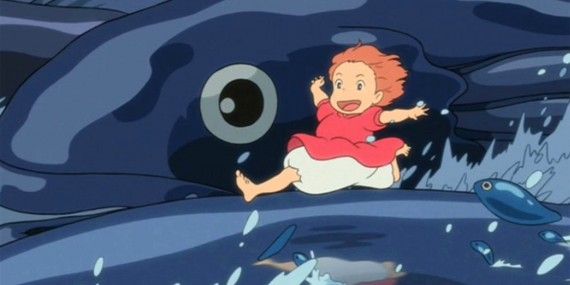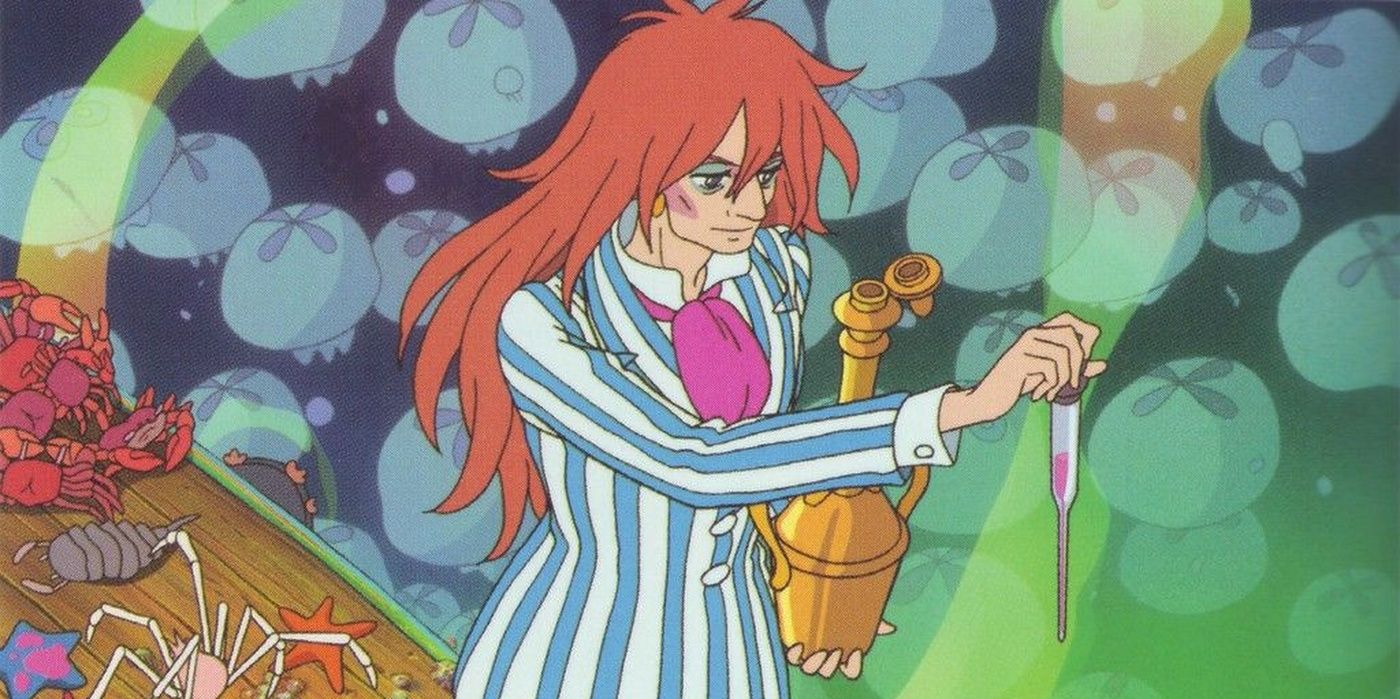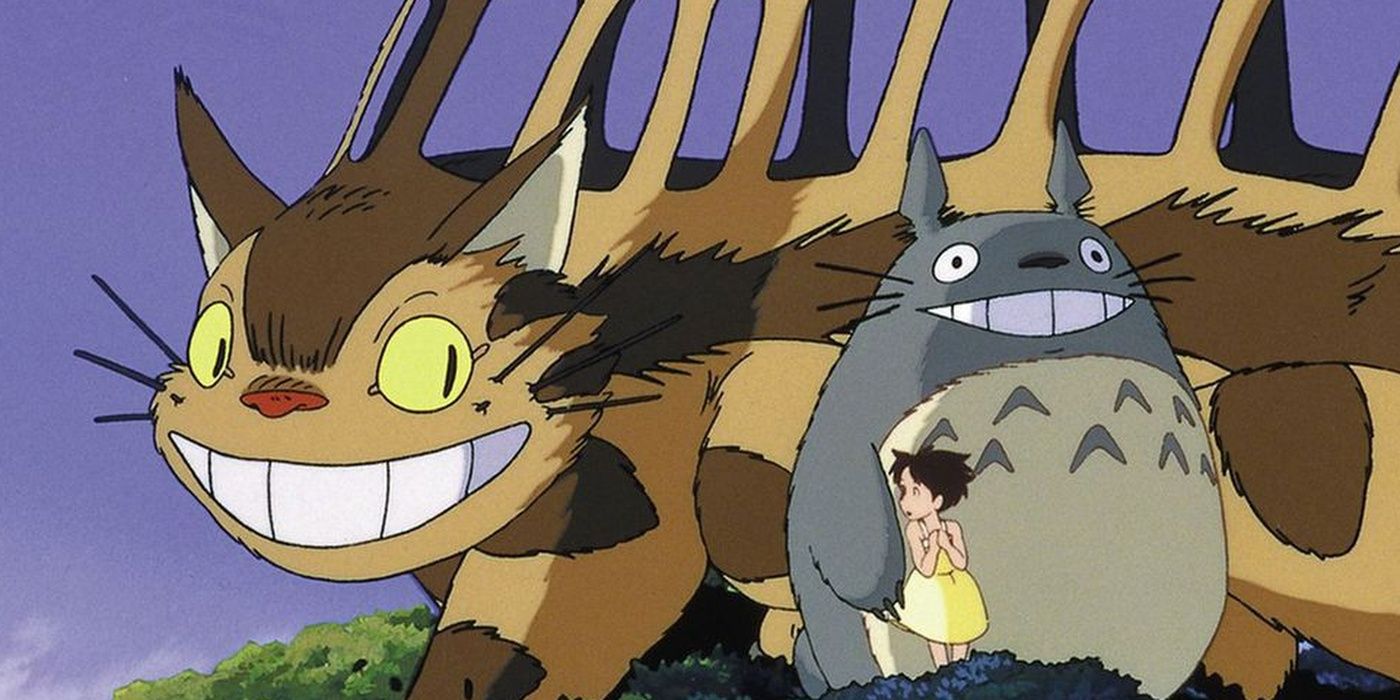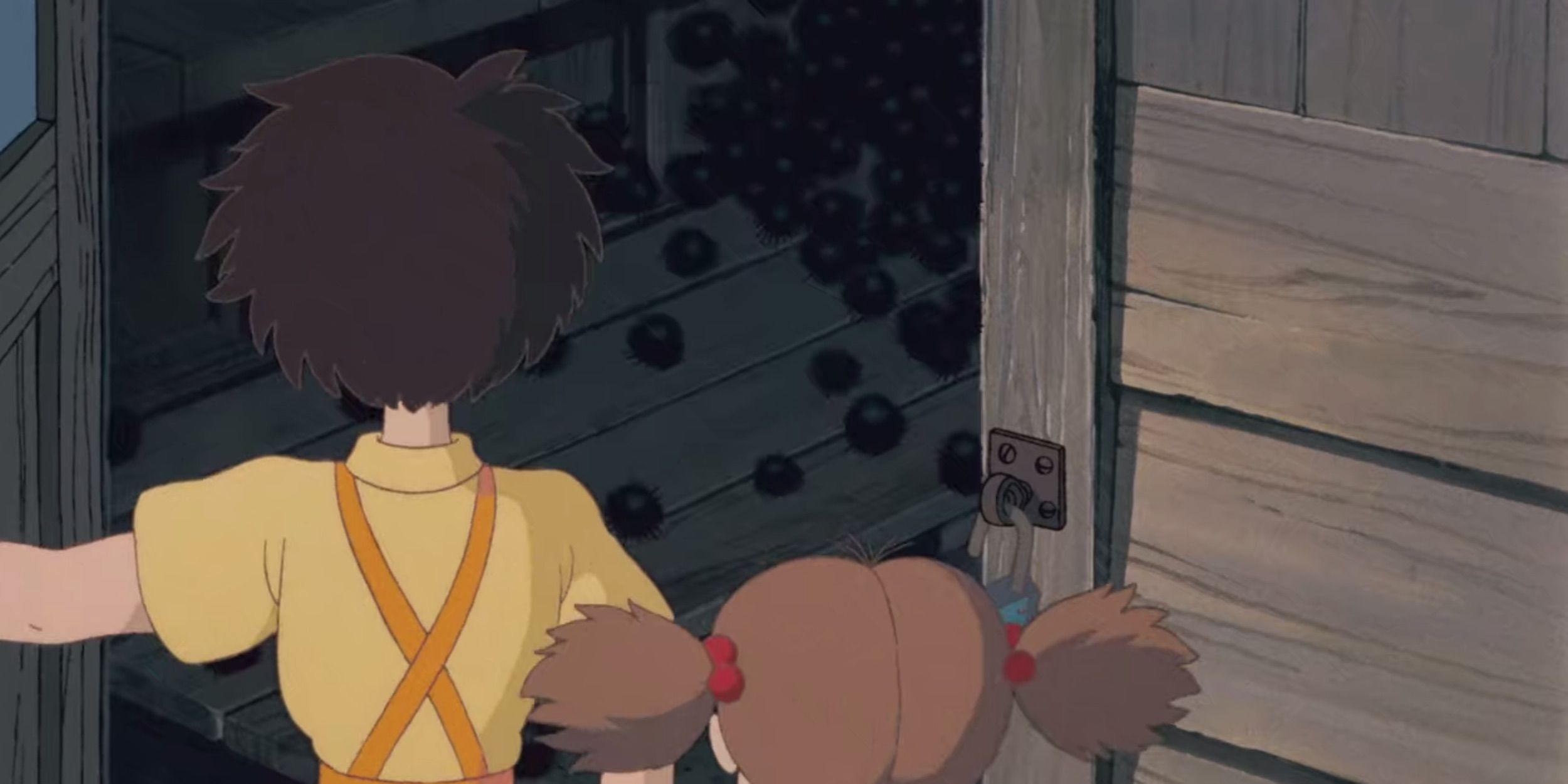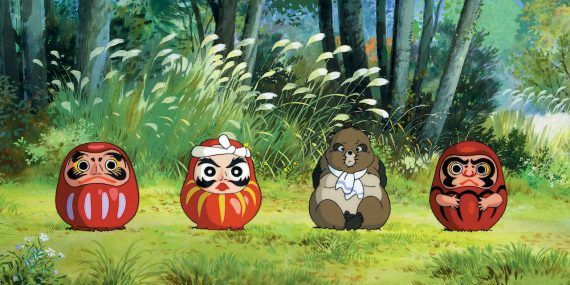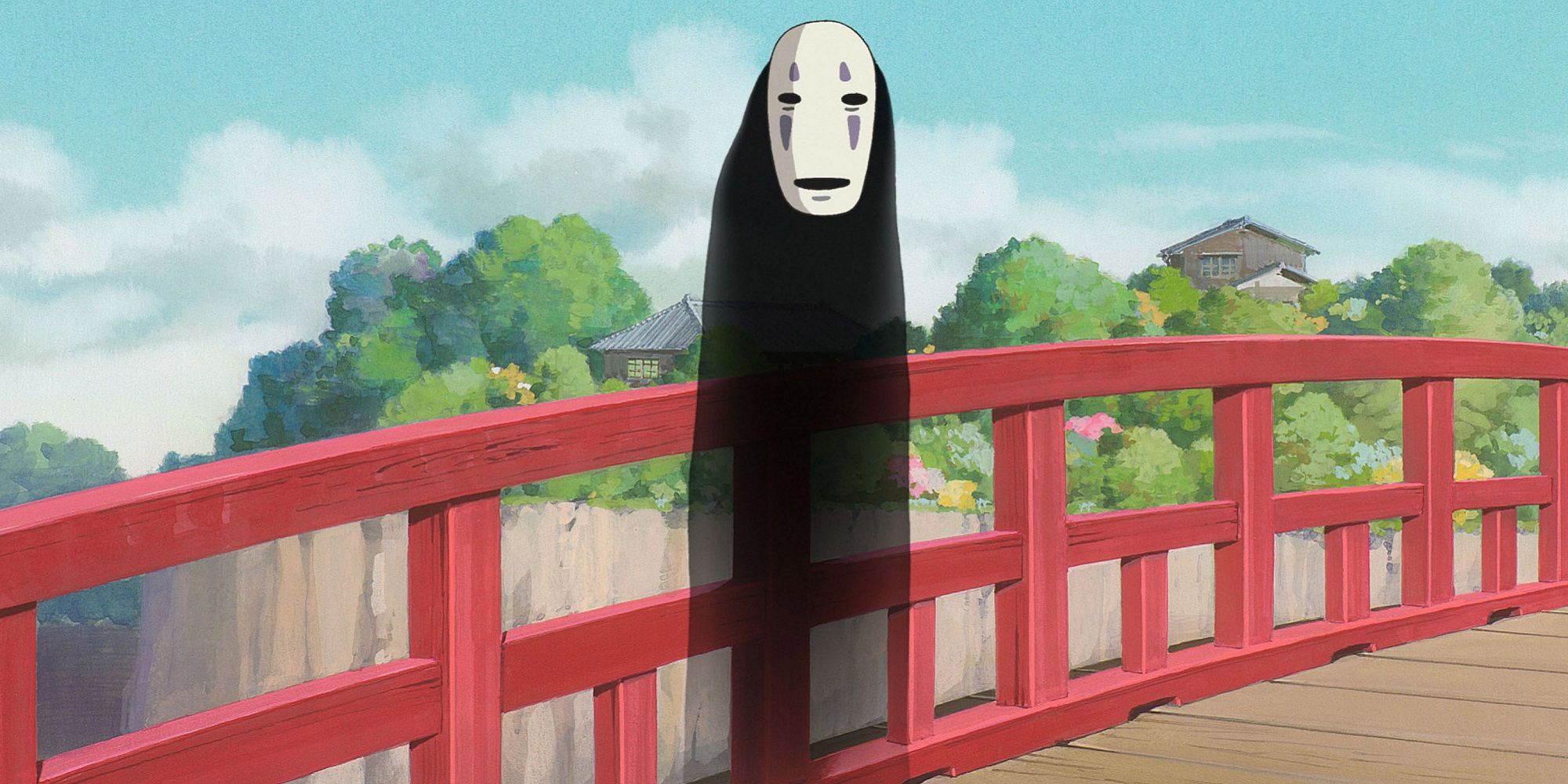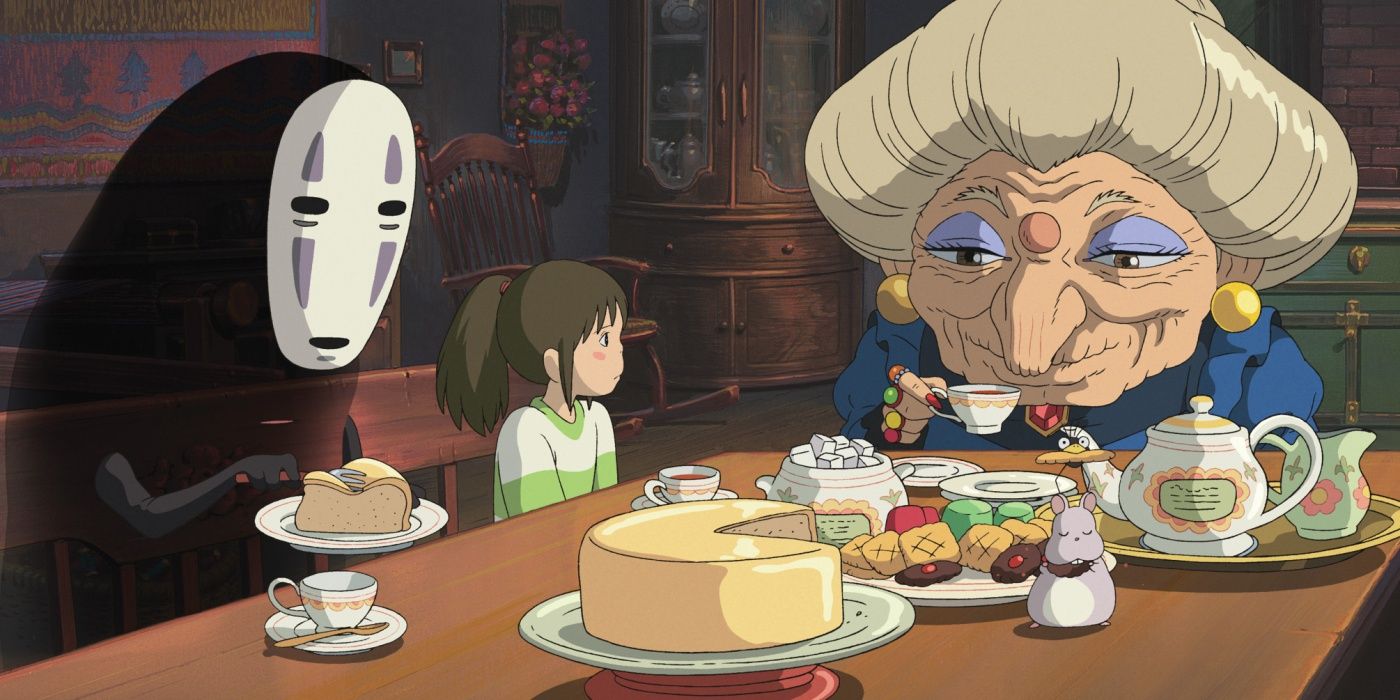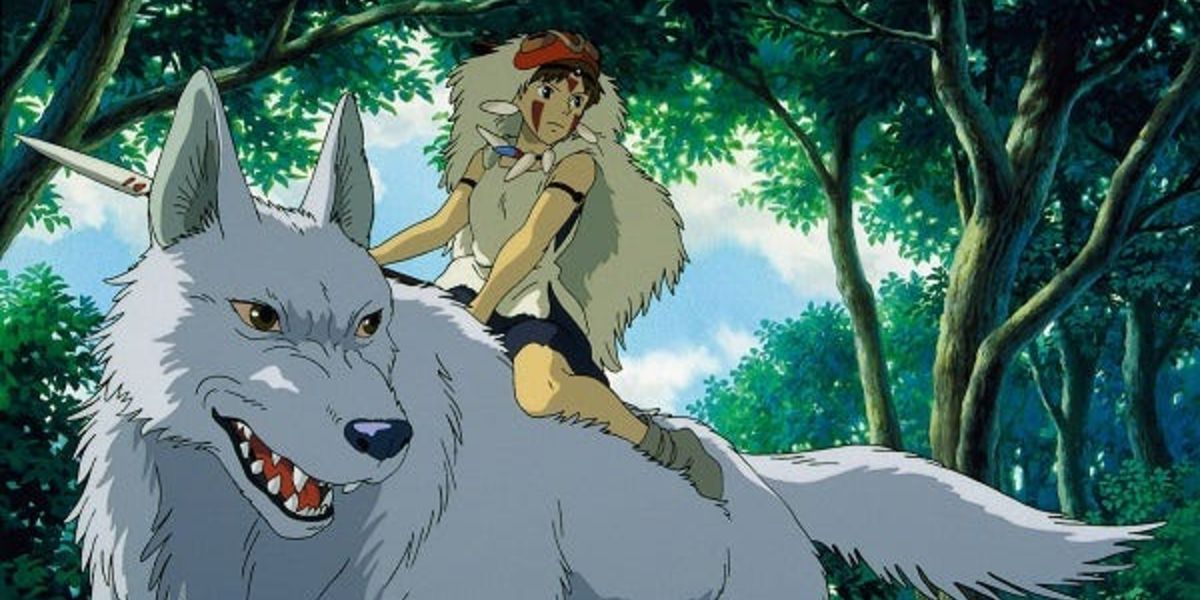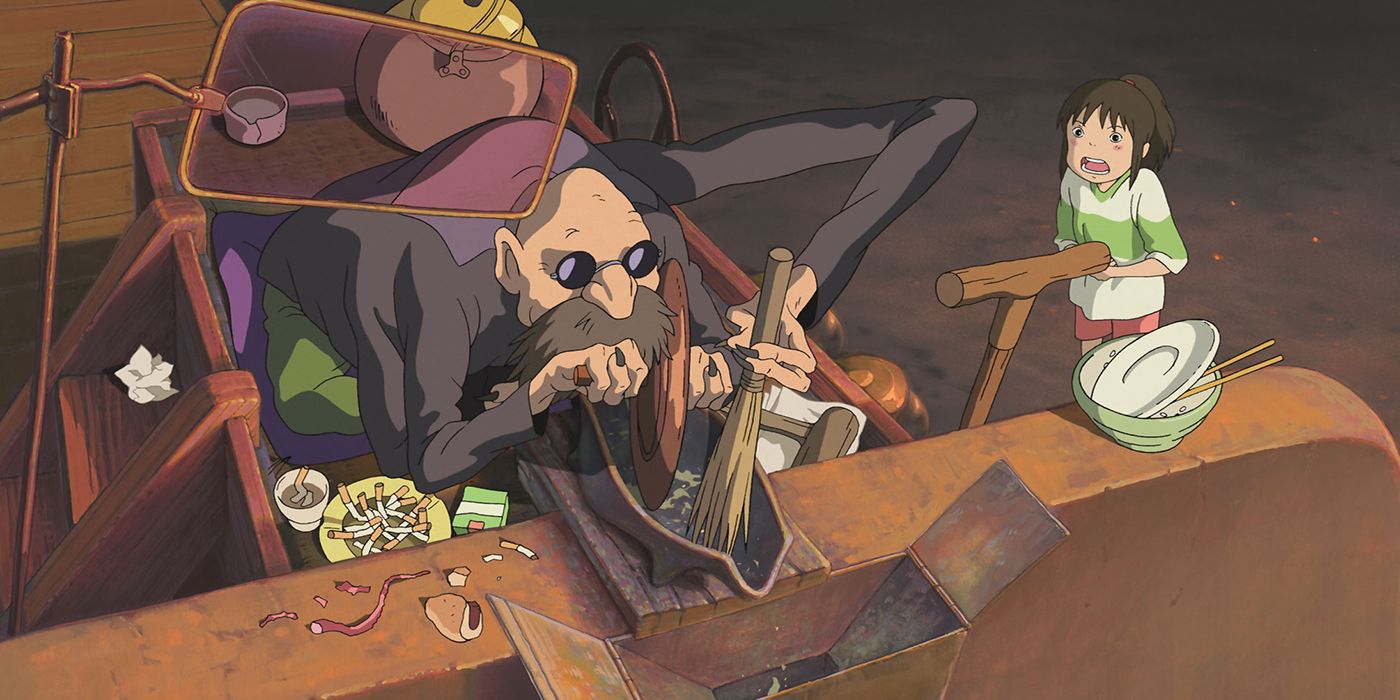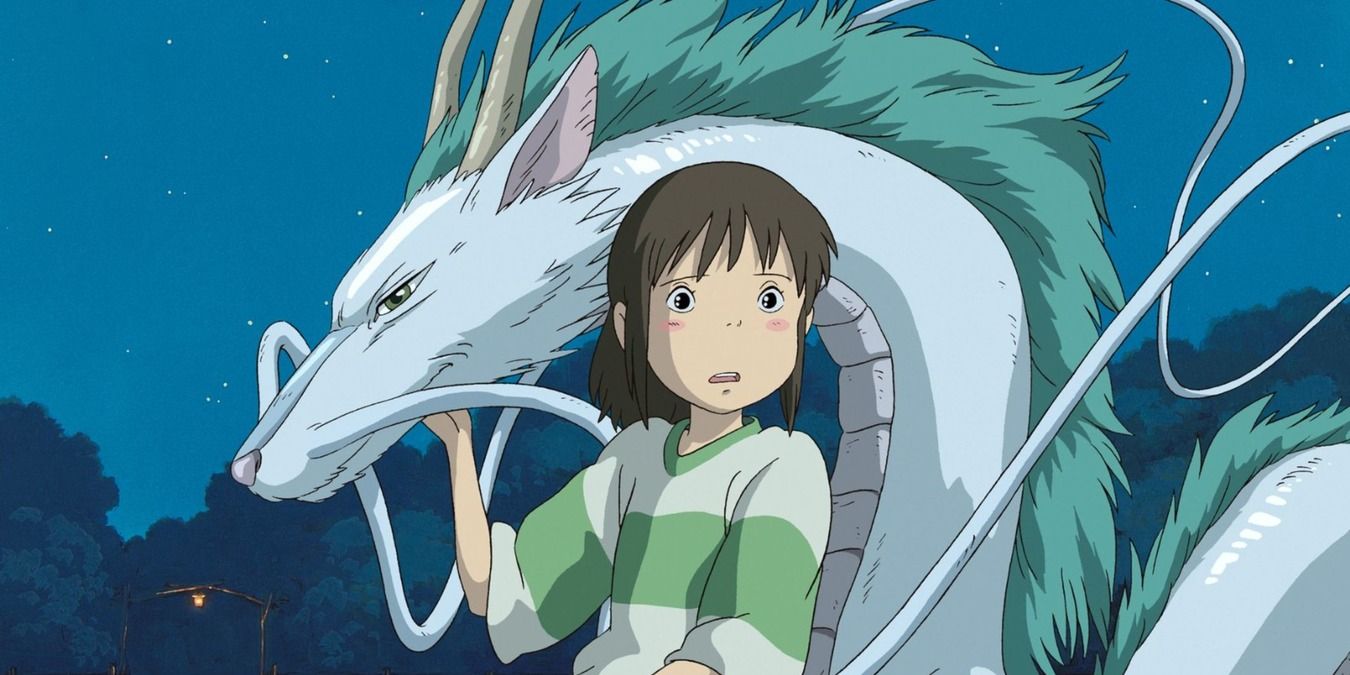The realms of Hayao Miyazaki have given the world some of the most enchanting and eccentric characters in anime. While most of them do spring forth from the director's own creative spirit, many of them come from a place of semi-reality as they can be found in real-world folklore.
While Miyazaki has often kept secret the inspiration for his stories, those versed in the genre can easily spot the folklore influence in his work. From Soot Sprites to river dragons, Miyazaki's characters have been spirited away from fantasy and fairytales across the world into his fantastic feats of animation.
Ponyo - The Little Mermaid
Though Miyazaki is often ambiguous about his inspirations, one source he made openly plain was the connections between Ponyo and Hans Christian Andersen's The Little Mermaid. Despite her bright red hair, Ponyo takes more from the original source than her Disneyfied counterpart.
Although Miyazaki's interpretation is still very kid-friendly, elements like Ponyo becoming human after winning someone's love, her shapeshifting, and her spiritual connections to the water are all based around Andersen's mythos.
Fujimoto - Captain Nemo
Not a mythical creature, but the water wizard Fujimoto shares several remarkable similarities with another man obsessed with the ocean. Fujimoto's mystical practices and potions resemble a certain aquatic scientist created by Jules Verne, none other than Captain Nemo himself.
With his love of the ocean paired with his eccentric nature and disdain for humanity, Ponyo's father is one Nautilus away from being a direct copy of Nemo. It might be more of an observation than a purposeful influence, but the similarities are there.
Catbus and Totoro - Cheshire Cat
Similar to Fujimoto and Nemo, a direct visual influence on both Totoro and the Catbus has to be Lewis Caroll's Cheshire Cat of Wonderland fame. While My Neighbor Totoro does share an element or two with Caroll's classic Alice stories, those big smiles and feline faces make the influence obvious between the characters.
Although Miyazaki's characters aren't as verbose or mischievous as their literary counterparts, the image of the grinning characters in an enchanted forest setting is definitely blatant with its influence.
Soot Sprites - Brownies
Soot Sprites are an original Miyazaki creation, there's no dispute on that one. However, their nature sounds remarkably similar to a creature of western folklore. Brownies are fairy-like creatures with dirty appearances that perform tasks around the house—that is until they're seen, of course.
In My Neighbor Totoro, they're flighty creatures who vanish if someone spots them. In Spirited Away, they load the boiler with coal in the bathhouse one at a time. While their outward appearance might differ, they certainly behave like Brownies to a T.
Tanuki - Tanuki
Now for something more blatantly obvious, the tanuki clan from Pom Poko. Like their film counterparts, tanuki are mischievous forest spirits from Japanese folklore. Resembling raccoon-like creatures, these friendly little furballs are near-perfectly represented in Miyazaki's vision.
Like their mythological versions, Miyazaki's tanuki meet all the tropes from the lore. They shapeshift, they're comical, and they even perform feats using their "pouches." Kudos to the director for being true to form.
No Face - Hungry Ghost/Gaki
Like the Soot Sprites, No Face is an original creation by Miyazaki but bears a strong behavioral resemblance to a creature from folklore. This time, however, No Face's inspiration comes from a creature that literally means "hungry ghost."
Gaki are ghosts in Japanese mythology who died of starvation forced to blindly consume through all eternity. Like the ghosts, No Face is a spectral being who, when corrupted by the bathhouse, becomes a greedy and constantly consuming creature. He certainly has that part nailed down.
Yubaba/Zeniba - Baba Yaga
This pair of sisters might get lumped with other powerful witches, but they definitely have personas all their own. While many might be quick to compare the two witches of Spirited Away to Oni Baba of Japanese folklore, they more accurately take from the Russian Baba Yaga in more ways than one. Through these two characters, Miyazaki embodies different versions of the legend.
Though they lack the famous chicken-legged house, Yubaba and her sister Zeniba behave and resemble a more contemporary Baba Yaga. With one being cruel and greedy and the other being mysterious but benevolent, they both represent the dichotomy of the character in Russian fairytales.
The Wolves - Okami
Princess Mononoke takes a great deal from traditional Japanese legend, but perhaps the most visually memorable are the wolves that raise and aid San in her adventure. These giant white canines are clear references to the famous Japanese Okami prominently featured in ancient folklore.
Being raised by wolves is a common mythological trope, but, when the wolves are powerful beings and divine messengers, one tends to take notice, especially when they take up most of the film's artwork.
Kamanji - Tsuchigumo
Kamanji is a curious case, seeing is how he only takes partial inspiration from his creature of influence. With his multiple appendages and black attire, the boiler man character from Spirited Away is an obvious humanoid spider, but, specifically, he takes from Tsuchigmo.
These strange chimera creatures were said to be driven out of ancient Japan and supposedly were mythical equivalents of tunneling tarantulas. If they were truly driven out of their place of origin, that makes make Kamanji one of a kind.
Haku - Eastern Dragon
No one could possibly forget the mysterious and beautiful Haku. Easily one of the most magical movie dragons but there's more to Haku than just his serpentine form. In fact, he takes influence from both Japanese and Chinese versions of the creatures.
Eastern dragons are often benevolent creatures associated with rain or bodies of water. In Japanese mythology, rivers are often a common association with dragons and their dominions. Basically, where there's water, there are dragons.

